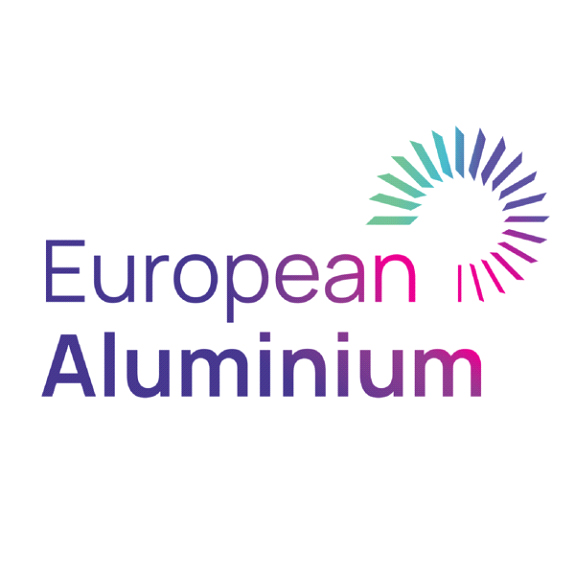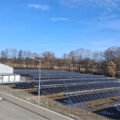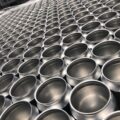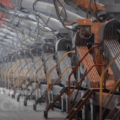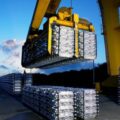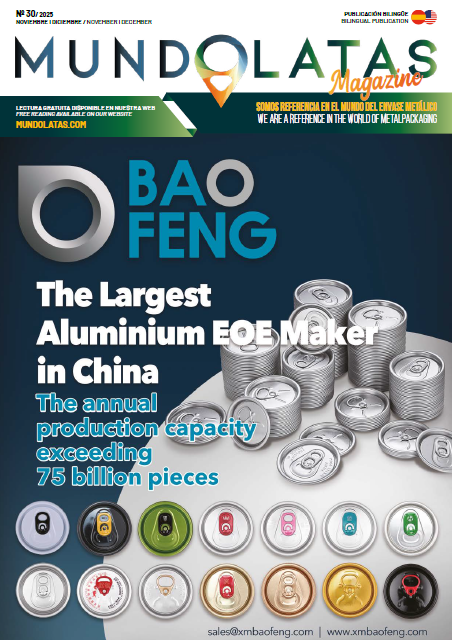European aluminum has a carbon footprint up to 60% lower than the rest of the world, thanks to the increasing use of low-carbon energy in smelting plants, according to the Environmental Profile 2024 report just released by European Aluminium. The report also highlights that in 2023, 78% of the electricity used in primary aluminum production in Europe came from renewable sources, up from 67% in 2015. Energy efficiency and the increasing use of low-carbon electricity are the factors influencing this data.
However, the results also underline the urgent need for political support to maintain low-carbon aluminum production in Europe and mitigate the growing dependence on imports with a high carbon footprint. In particular, they claim that importing up to 51% of aluminum favors Europe’s carbon footprint, but not that of exporting countries with weak environmental protection protocols.
The reduction in the carbon footprint of European primary aluminum is 5% lower than in 2015. In 2023, carbon emissions from European primary aluminum were reduced to 6.3 kg CO₂ per kg, compared to 6.7 kg CO₂ in 2015. This progress builds on a longer trend, with a more than 50% reduction in emissions since 1990.
Today, European primary aluminum has a carbon footprint almost 60% lower than the global average, thanks to the increasing use of low-carbon energy in smelting plants.
Carbon emissions from aluminum remelting also decreased by 22%, while refining emissions decreased by 4%. Recycling remains a key pillar of aluminum sustainability, using only 5% of the energy required for primary production. Significant environmental improvements were also achieved in semi-manufacturing processes, such as rolling, sheet production and extrusion, reducing the Global Warming Potential (GWP) in extrusion by 44%, reflecting substantial gains in energy efficiency throughout the value chain.
Paul Voss, managing director of European Aluminium, said: “If we are to achieve carbon neutrality by 2050, both industry and policymakers must step up their efforts. Industry has made significant progress, but we are reaching the limits of what current technologies can deliver. EU policymakers must implement sound industrial policy, accelerate the transition to clean and affordable energy, and encourage investments in innovative technologies and recycling. Without bold action in the next five years, Europe risks becoming entirely dependent on high-carbon imports, jeopardizing both our strategic autonomy and the green transition.”

